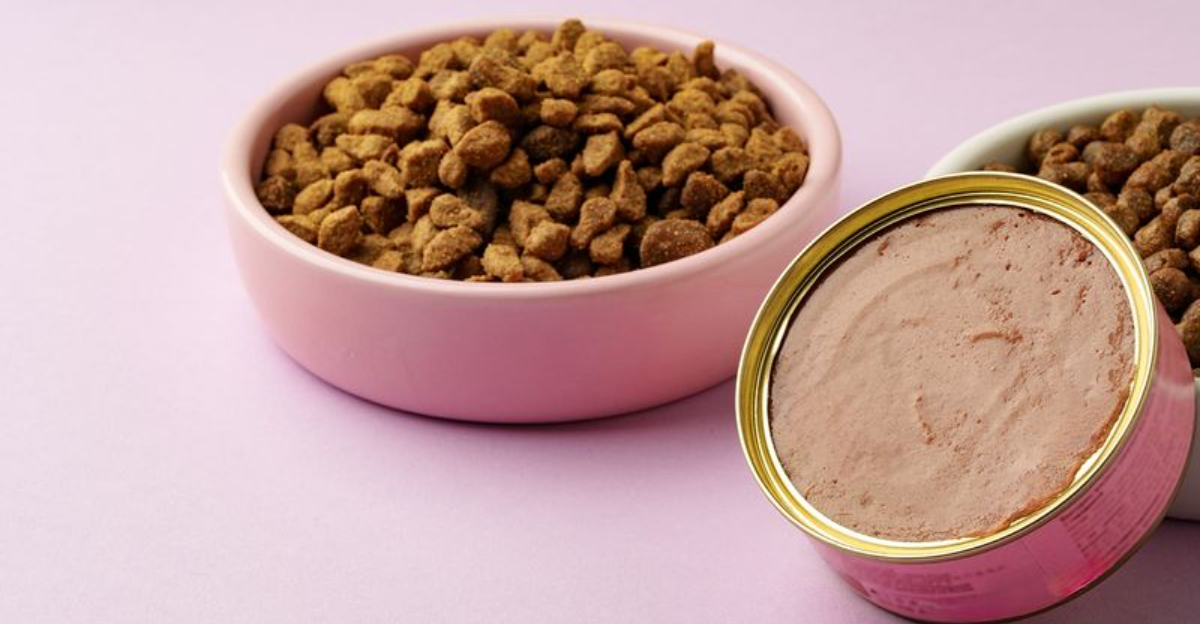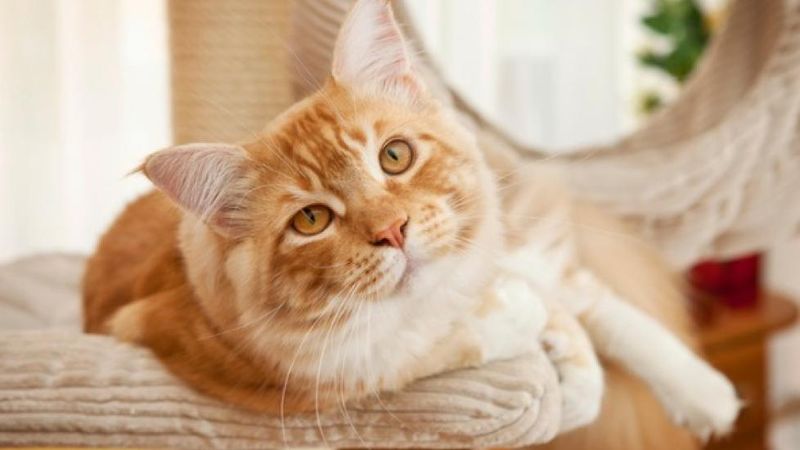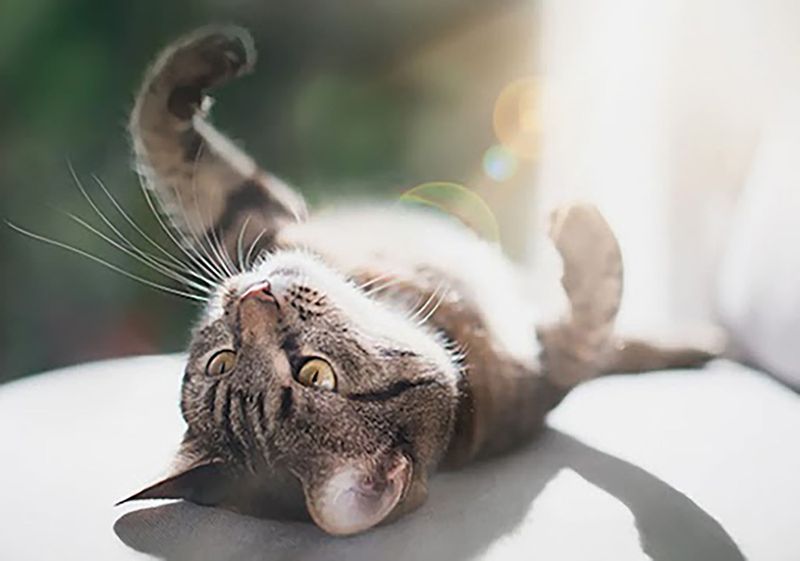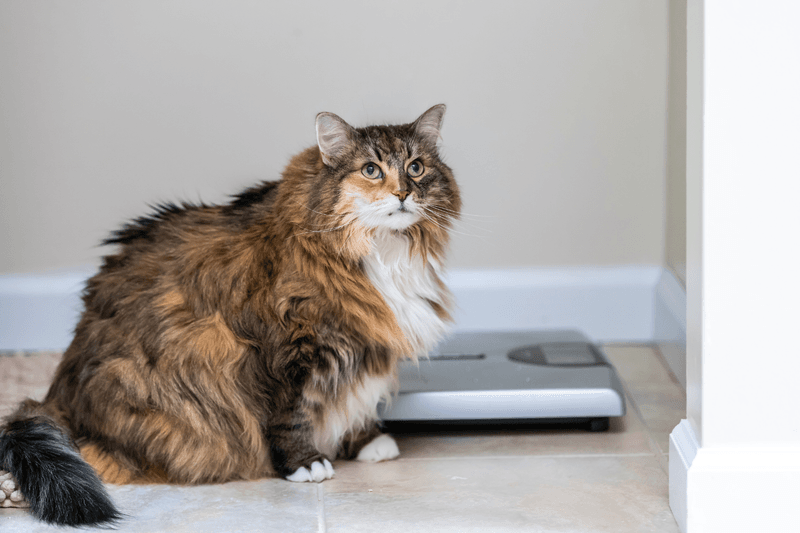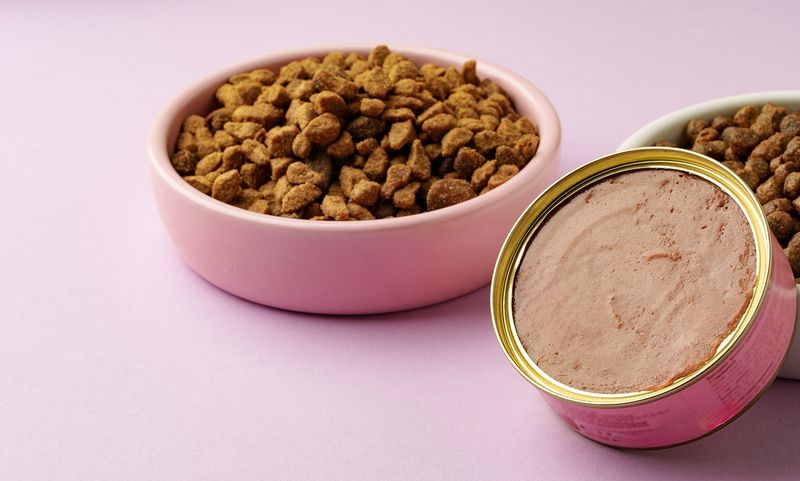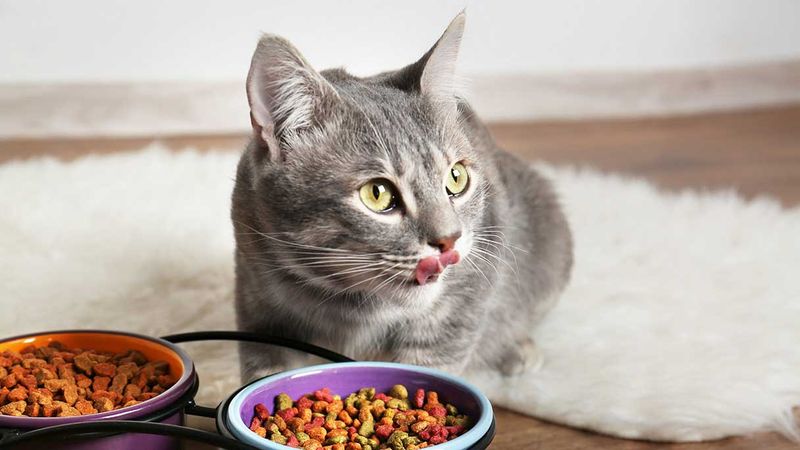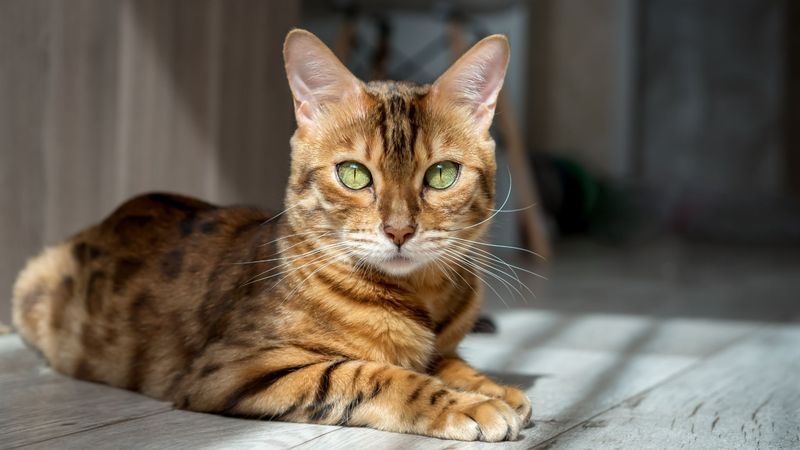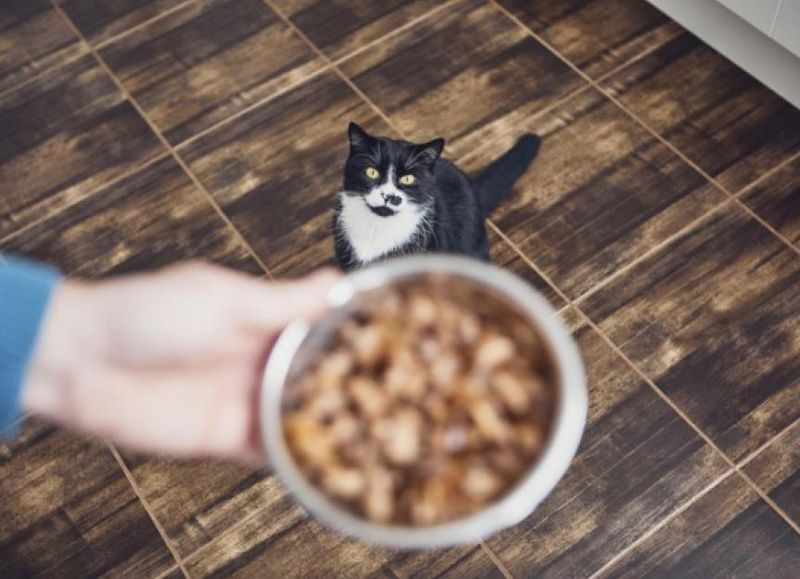📖 Table of Content:
When it comes to your cat’s diet, protein is one of the most crucial elements to get right. Cats are obligate carnivores, meaning their bodies are designed to thrive on animal-based proteins. Without the proper amount, they risk losing muscle mass, energy, and overall health.
However, figuring out exactly how much protein your cat needs isn’t as straightforward as it sounds. Different factors like age, activity level, health status, and even breed can change the nutritional requirements significantly. If you rely solely on package labels without considering your cat’s unique lifestyle and condition, you might be missing critical nuances that impact their well-being.
That’s why we’ve compiled this comprehensive guide. Here, you’ll find nine clear and actionable ways to determine the right protein intake for your feline friend. With a little observation and a few expert-backed strategies, you can ensure your cat gets the nutrients they need to lead a long, healthy, and playful life.
1. Check Your Cat’s Age
Age plays a fundamental role in how much protein your cat requires. Kittens, for example, need more protein than adult cats because they are growing rapidly and building new tissues every day. In contrast, a healthy adult cat’s protein needs stabilize and focus more on maintenance than growth. Senior cats, depending on their health, may either need more or less protein to maintain muscle tone. Failing to adjust their diet as they age can lead to malnutrition or excessive weight gain. You should always reassess your cat’s diet as they transition from kitten to adult to senior. By keeping age in mind, you’ll stay one step ahead in providing optimal nutrition.
2. Assess Activity Level
Depending on how active your cat is, their protein requirements can vary widely. An athletic, constantly running cat burns through protein stores much faster than a laid-back, nap-loving feline. Without enough protein, active cats may experience muscle breakdown or reduced stamina. On the other hand, a sedentary cat might gain unnecessary weight if given a high-protein, calorie-rich diet without sufficient exercise. It’s important to match food intake with activity patterns you observe daily. Watching your cat’s behavior for a week or two can give you excellent clues about their activity levels. Making diet adjustments based on this can dramatically improve their energy and body composition.
3. Consider Health Conditions
Health conditions dramatically alter a cat’s protein needs and must not be overlooked. For instance, cats with chronic kidney disease may require controlled protein intake to ease kidney workload. Conversely, cats recovering from injury or surgery may benefit from higher protein to aid healing. Ignoring underlying medical issues can cause a diet to do more harm than good. A veterinarian can run bloodwork and recommend precise nutritional adjustments tailored to your cat’s health. It’s better to address these issues early through professional advice than to make risky guesses. Being proactive about health-related dietary needs is an essential part of responsible pet ownership.
4. Evaluate Body Condition Score (BCS)
Understanding your cat’s body condition score provides a clearer picture than weight alone. BCS looks at body fat, muscle tone, and overall physique to determine whether your cat is underweight, ideal, or overweight. Too little protein can contribute to a frail, underweight body, while too much can exacerbate weight gain. Your veterinarian can assess your cat’s BCS during routine checkups and advise accordingly. Alternatively, you can learn to perform a basic BCS check at home by feeling for ribs and checking waist definition. Regular monitoring lets you tweak diet before problems become serious. This method ensures you’re feeding for health, not just numbers on a scale.
5. Review Diet Type (Wet vs. Dry Food)
Not all cat foods deliver protein in the same way, and it’s important to know the difference. Wet food typically contains more animal-based protein and moisture, making it closer to a cat’s natural diet. Dry food, while convenient, often has higher carbohydrates and lower moisture levels. Feeding only dry food could inadvertently lower your cat’s protein intake compared to a wet diet. Mixing the two or focusing more on wet food can often better meet your cat’s nutritional needs. Always inspect the ingredients list rather than relying solely on marketing terms. An informed choice about food type can bridge hidden gaps in protein intake.
6. Read Pet Food Labels Carefully
Inspecting labels is a skill every cat owner should master. The “crude protein” percentage listed on the label gives a rough idea of content but doesn’t reveal protein quality. You’ll want to prioritize foods that list real meat — like chicken, beef, or fish — as the first ingredient rather than by-products or meals. Ingredients listed earlier make up a bigger portion of the food, so placement matters. Beware of fillers like corn or soy, which dilute the protein density of the meal. Brands that meet AAFCO standards for “complete and balanced” nutrition are generally more trustworthy. A careful label check can make a massive difference in your cat’s overall health.
7. Adjust for Breed-Specific Needs
Interestingly, different cat breeds come with different dietary quirks. Energetic breeds like Bengals, Siamese, and Abyssinians often need more protein to fuel their boundless energy. Meanwhile, laid-back breeds like Persians may have lower energy requirements but still benefit from lean, high-quality protein sources. Researching your cat’s breed or consulting your breeder or veterinarian can offer valuable diet insights. Breed tendencies toward obesity, heart disease, or hyperactivity must be factored into food choices. Even mixed-breed cats show trends depending on dominant characteristics. Matching protein intake to breed behavior supports healthier, happier lives for your pets.
8. Use Veterinary Nutritional Guidelines
Accessing veterinary nutrition guidelines ensures you’re not guessing when it comes to dietary needs. Organizations like AAFCO set minimum standards for feline diets at different life stages, providing a trusted baseline. These guidelines consider growth, maintenance, reproduction, and aging needs. Professional formulas adhering to these standards usually offer more balanced protein profiles. Going beyond AAFCO minimums with premium foods can be even better, especially if your cat has special requirements. However, no guideline replaces personal observation of your specific cat’s condition. Think of these standards as a reliable starting point, not the final answer.
9. Consult Your Veterinarian
Seeking veterinary advice is the gold standard when refining your cat’s diet. No one knows your cat’s health history, lifestyle, and potential risks better than your vet. Annual checkups often include dietary reviews that highlight any needed adjustments. Some vets even offer nutritional counseling sessions where you can dive deep into diet planning. They may recommend specific therapeutic diets or supplements tailored to your cat’s exact needs. In addition, your vet can alert you to early warning signs of dietary problems before they become critical. Trusting a professional keeps your cat’s diet as personalized and safe as possible.
